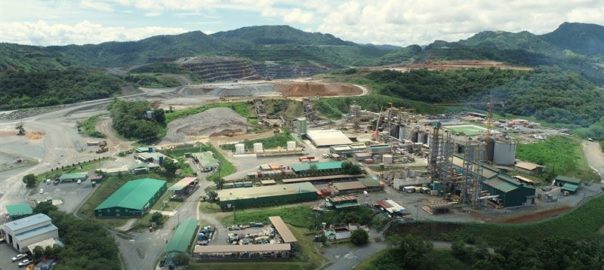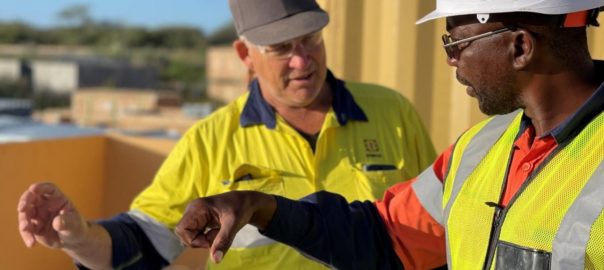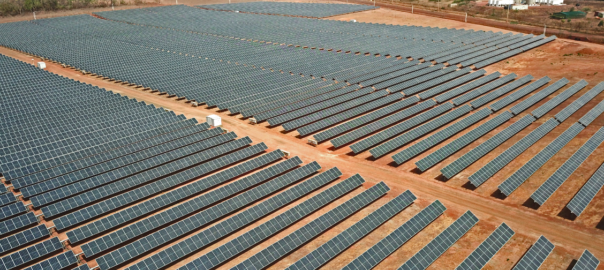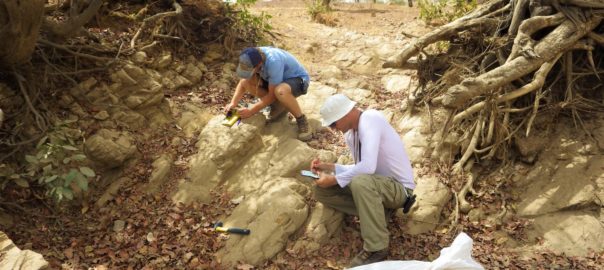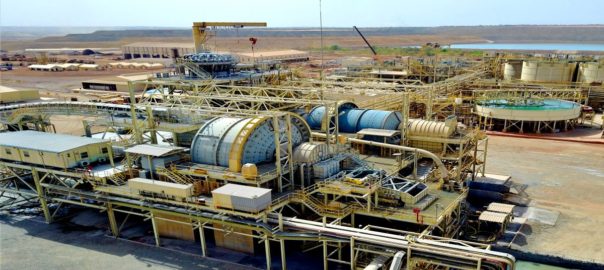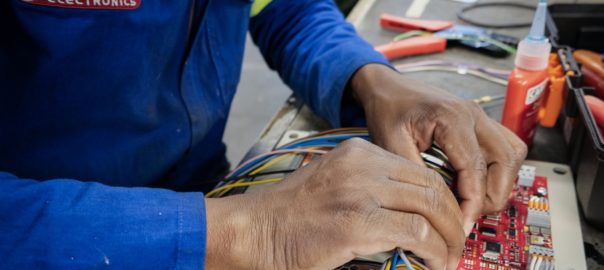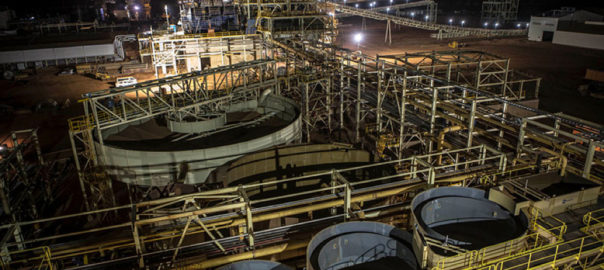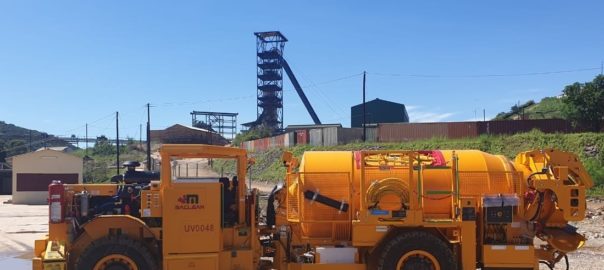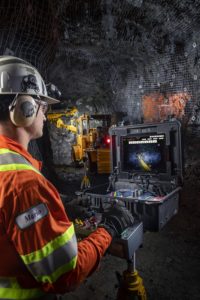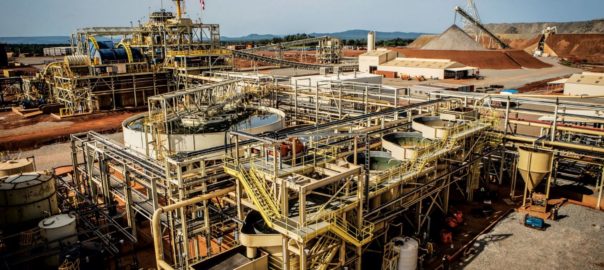Technology group Wärtsilä has signed a five-year renewal of its Operation and Maintenance (O&M) agreement with Phil. Gold Processing & Refining Corp (PGPRC) for the Masbate gold project (MGP) power plant located on Masbate Island in the Philippines.
Wärtsilä has operated and maintained the power plant since 2009, and the renewal order was booked by Wärtsilä in June 2023.
Phil. Gold operates the processing plant in the MGP operations. Phil. Gold is fully owned by gold producer, B2Gold.
The Masbate mine is around 360 km southeast of the country’s capital, Manila, and has no connection to the grid. The power plant is, therefore, the sole source of electricity, and its operational reliability is essential to maintain the mine’s production schedules.
Ryan Rusk, President at PGPRC, said: “The plant’s availability, efficiency and reliability are critical to our operations. Wärtsilä has provided the professional support to ensure that we get the power we need for the past fourteen years, so it was natural that we continue this agreement.”
Kari Punnonen, Energy Business Director at Wärtsilä, added: “Wärtsilä has extensive experience in providing power to mining operations around the world. The locations can be challenging, often with high ambient temperatures and limited water supplies for cooling purposes. Our engine technology is designed to deal with these conditions, and our maintenance agreements are built around serving the specific needs of each individual customer. We have developed a strong relationship with PGPRC over the years, and we are delighted to continue this cooperation with this contract extension.”
The power plant, which has recently been expanded, has a maximum output of 47 MW. In the Philippines, Wärtsilä has altogether 1,600 MW, 104 MW is operated by Wärtsilä under O&M agreements.







